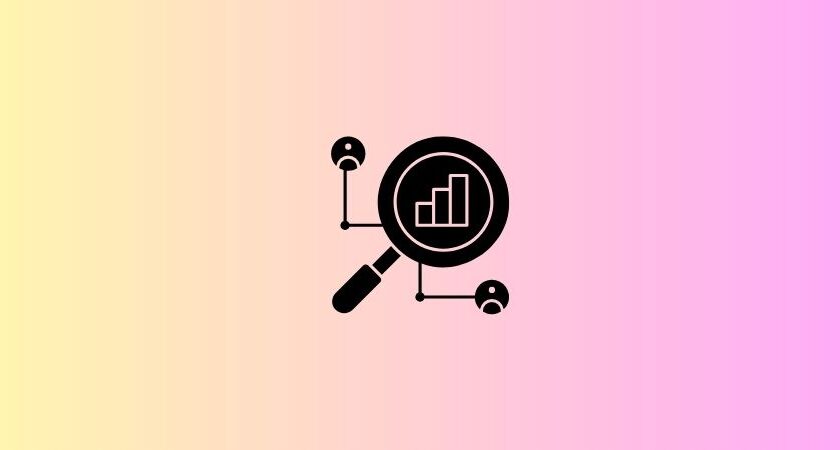Customer behavior plays a crucial role in the success of any business. By understanding how customers behave, businesses can identify opportunities for improvement, develop more effective marketing and sales strategies, and ultimately drive growth. Customer Relationship Management (CRM) systems can be a powerful tool for understanding customer behavior, providing businesses with valuable data on customer interactions and preferences.
In this article, we will explore how businesses can use CRM data to understand customer behavior and drive success.
Customer Interaction Data
One of the most valuable sources of CRM data for understanding customer behavior is customer interaction data. This includes information on how customers interact with the business, such as their purchasing history, the products or services they have used, and their communication preferences.
By analyzing customer interaction data, businesses can identify patterns in customer behavior, such as which products or services are most popular or which communication channels are most effective. This can help businesses to develop more targeted and effective marketing and sales strategies, as well as improve the overall customer experience.
For example, if a business sees that a particular product or service is frequently purchased by customers who also frequently use a particular communication channel, they may want to target those customers with personalized messaging through that channel. Alternatively, if a business sees that customers who purchase a certain product tend to have a particular demographic profile, they may want to adjust their marketing strategy to better target that demographic.
Customer Engagement Data
Another important source of CRM data for understanding customer behavior is customer engagement data. This includes information on how customers engage with the business, such as their social media activity, email opens and clicks, and website visits.
By analyzing customer engagement data, businesses can gain insights into customer interests and preferences, as well as the effectiveness of their marketing and sales strategies. For example, if a business sees that a particular social media post or email campaign is generating a high level of engagement, they may want to replicate that strategy in future campaigns.
Customer engagement data can also help businesses to identify opportunities for improvement. For example, if a business sees that customers are frequently visiting a particular page on their website but not making a purchase, they may want to adjust the content or layout of that page to encourage more conversions.
Customer Feedback Data
Finally, customer feedback data can be an important source of CRM data for understanding customer behavior. This includes information on customer satisfaction levels, as well as feedback on specific products or services.
By analyzing customer feedback data, businesses can gain insights into what customers like and dislike about their products or services, as well as what they would like to see improved. This can help businesses to identify areas where they can make changes to better meet customer needs and preferences.
Customer feedback data can also be used to improve customer retention and loyalty. By addressing customer concerns and complaints in a timely and effective manner, businesses can show customers that they are valued and improve their overall satisfaction levels.
In conclusion, understanding customer behavior is crucial for the success of any business. By using CRM data to analyze customer interaction, engagement, and feedback, businesses can gain valuable insights into customer behavior and preferences, allowing them to develop more effective marketing and sales strategies, improve the customer experience, and ultimately drive growth.
